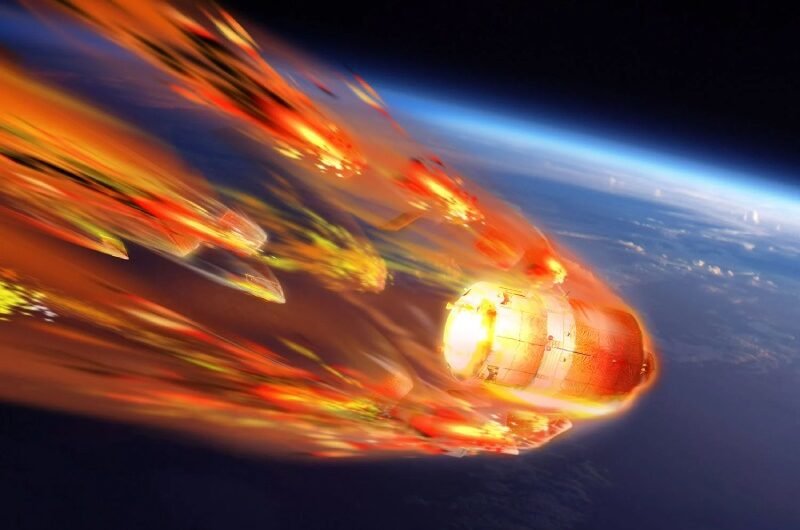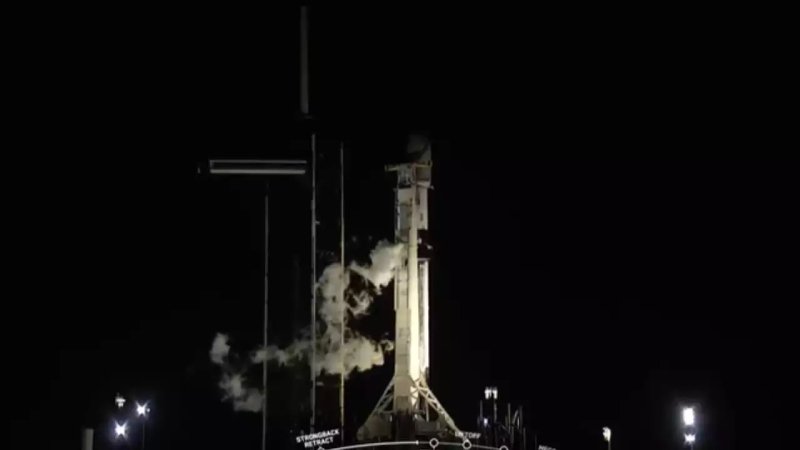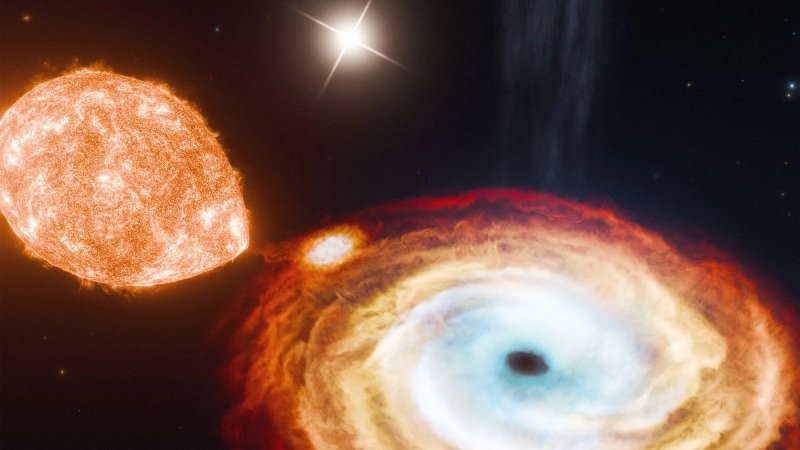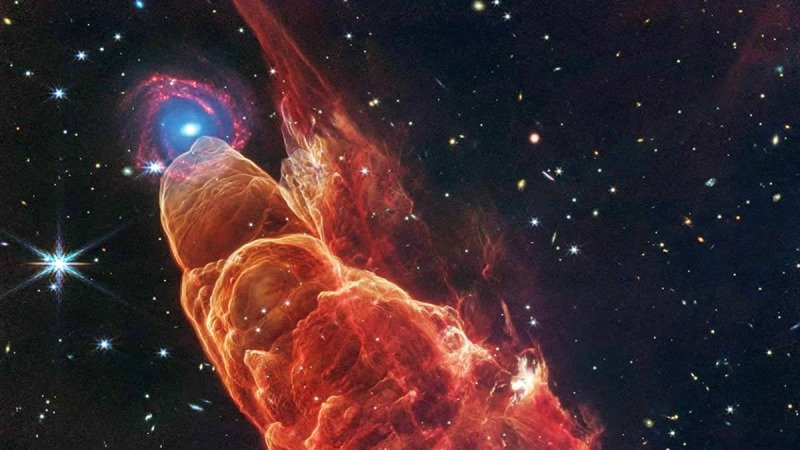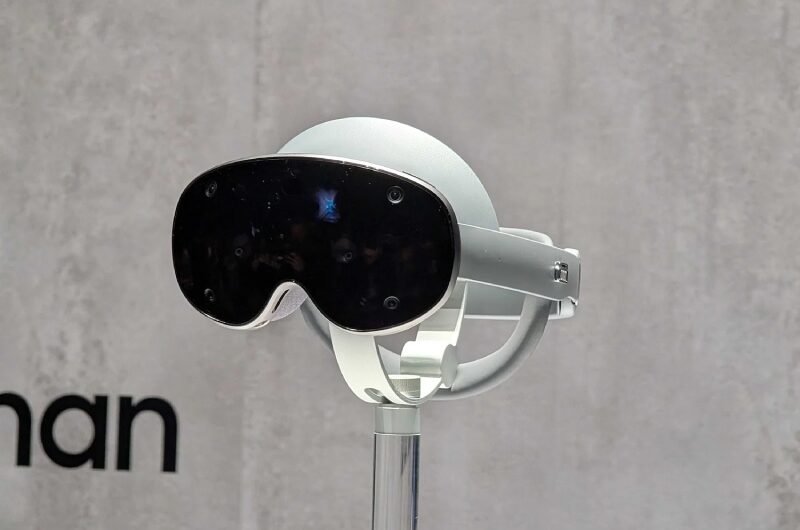A group of four space tourists has safely landed back on Earth after completing a groundbreaking privately funded journey that saw them orbit over both the North and South Poles. Their spacecraft, a SpaceX Dragon capsule, splashed down in the Pacific Ocean off the Southern California coast on Friday, bringing an end to the 3½-day mission that began Monday night from NASA’s Kennedy Space Center.
This historic voyage marked the first time a human spaceflight has circled the planet above both poles and was also the first crewed splashdown in the Pacific in five decades. The mission, called Fram2 in honor of the famed Norwegian polar exploration ship Fram, was chartered by Chun Wang, a Bitcoin investor originally from China and now a citizen of Malta. While Wang did not reveal how much he paid for the experience, he personally selected the other three passengers: Norwegian filmmaker Jannicke Mikkelsen, German robotics expert Rabea Rogge, and Australian polar guide Eric Philips.
The Dragon capsule, customized with a domed window to offer panoramic 360-degree views, gave the crew a front-row seat to the planet’s most remote and icy regions. The team documented the breathtaking scenery during their journey, sharing moments from space. Rogge described the polar expanse as “another kind of desert,” marveling at how it stretched endlessly. Mikkelsen, passionate about photography, brought her equipment to capture the awe-inspiring views from orbit.
Though all four travelers experienced some degree of space motion sickness after reaching orbit, Wang reported they felt much better by the second day. It was during this time that they opened the window cover above the South Pole, allowing them to admire the extraordinary landscape far below. In addition to enjoying the views, the crew also conducted scientific research, including the first-ever medical X-rays in space, along with more than 20 other experiments. A piece of wood from the original Fram ship was also carried aboard as a symbolic tribute to polar exploration history.
Upon return, all crew members exited the capsule unaided, carrying equipment for post-flight research aimed at evaluating their physical stability after the mission. Their return was met with celebratory fist pumps and a sense of accomplishment. SpaceX noted that the decision to splash down in the Pacific, rather than the usual site near Florida, was made for safety reasons, ensuring that any remnants of the capsule’s trunk section would safely land in the ocean. The last similar Pacific recovery occurred in 1975 with NASA’s Apollo-Soyuz mission.
Topics #50 Years #Earth #NASA #news #Orbit #Pacific #Polar Orbit #space #Space Tourists #Space x #Tourists

